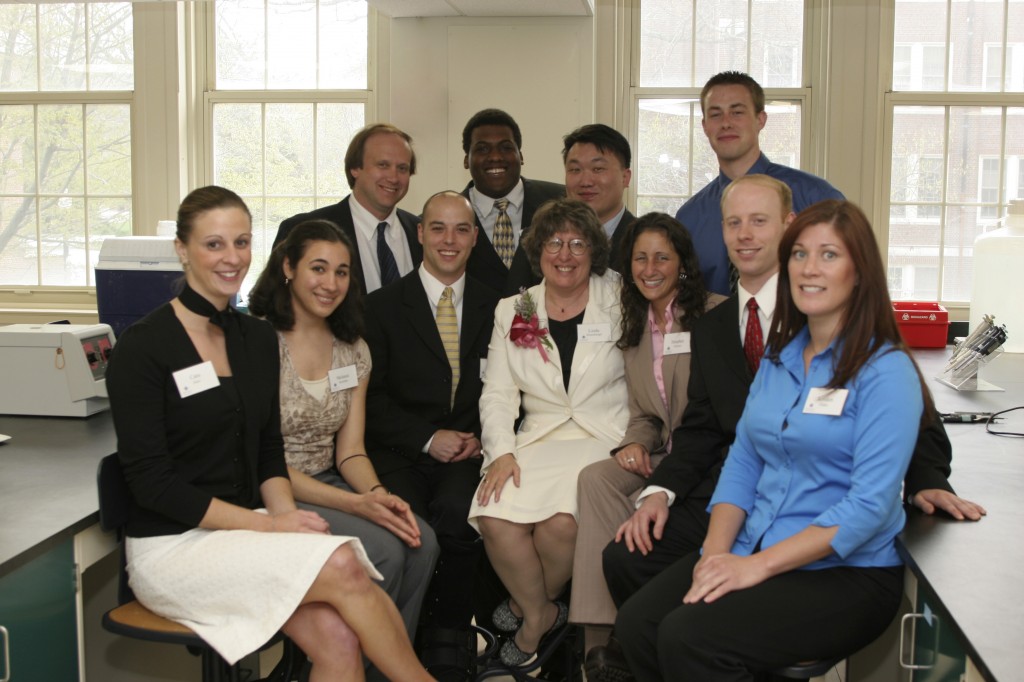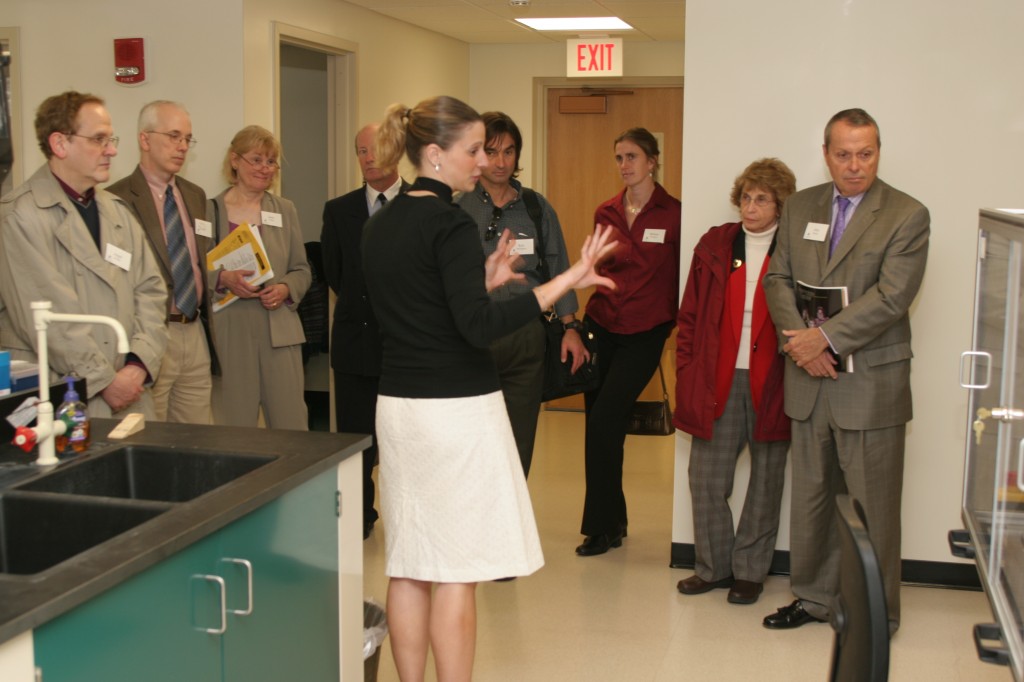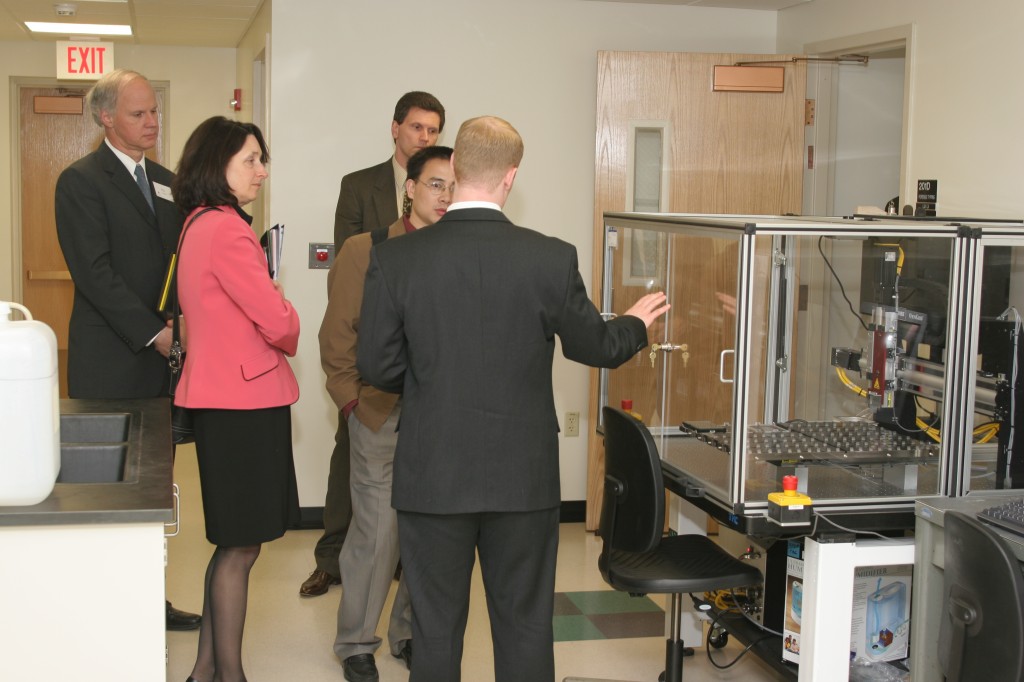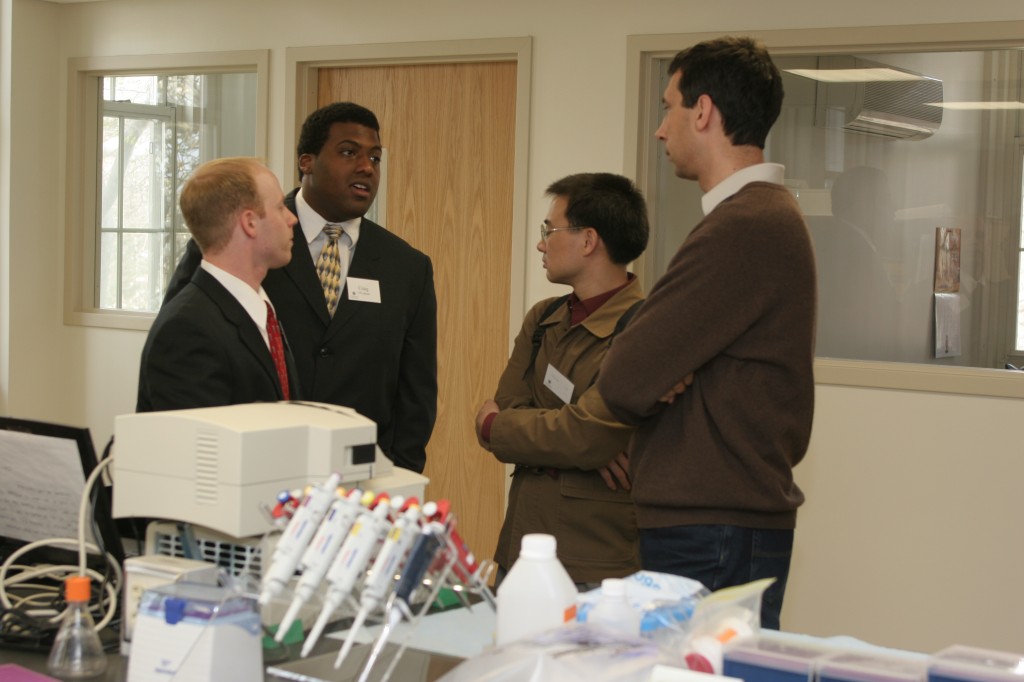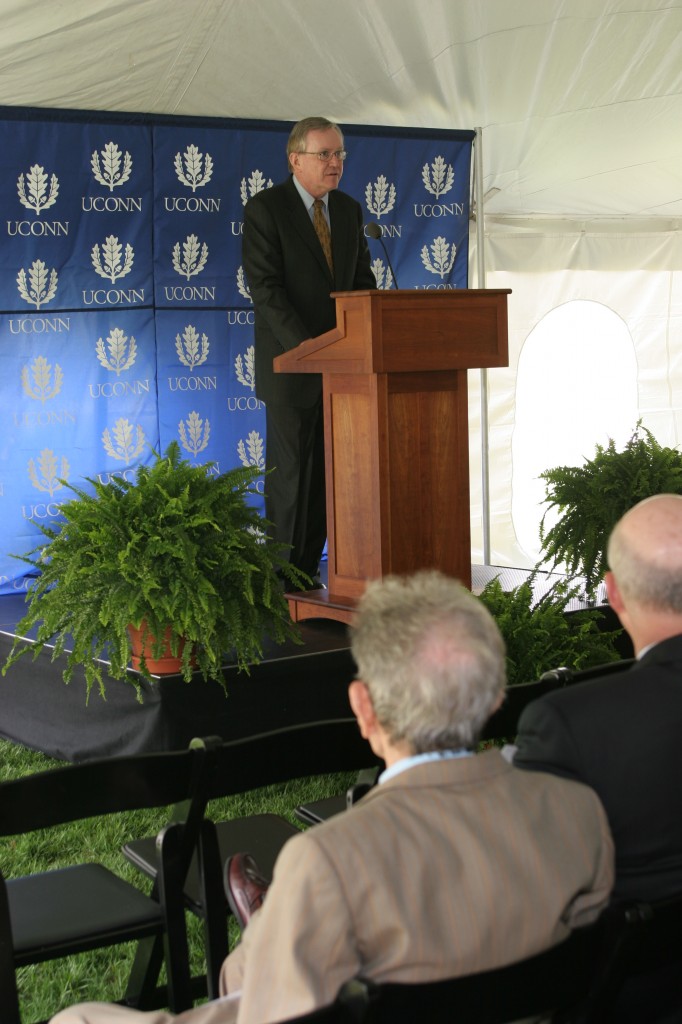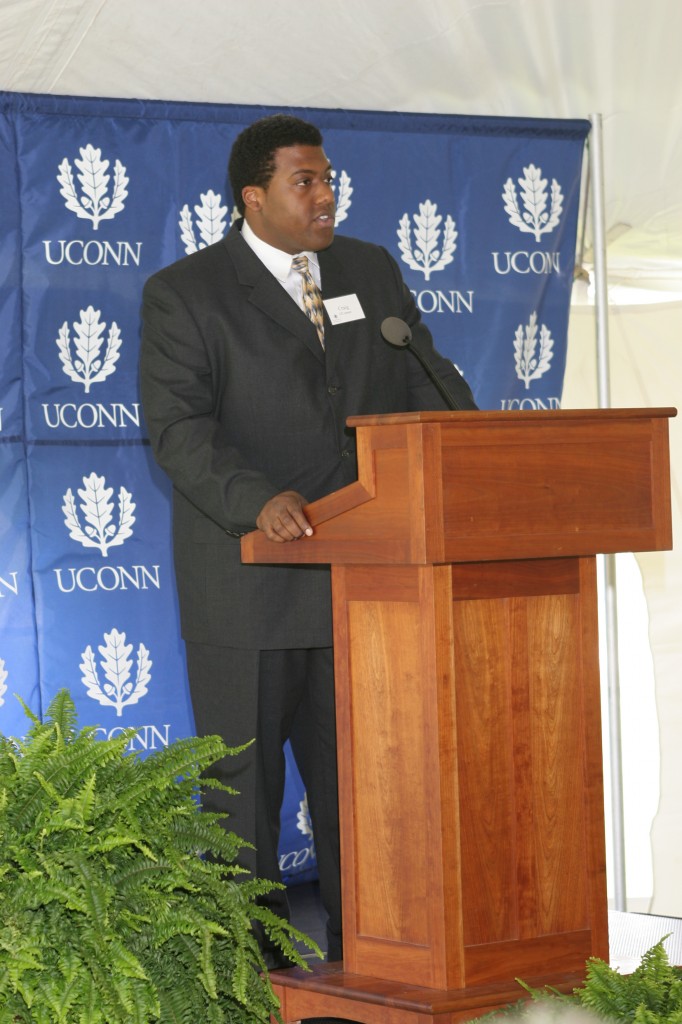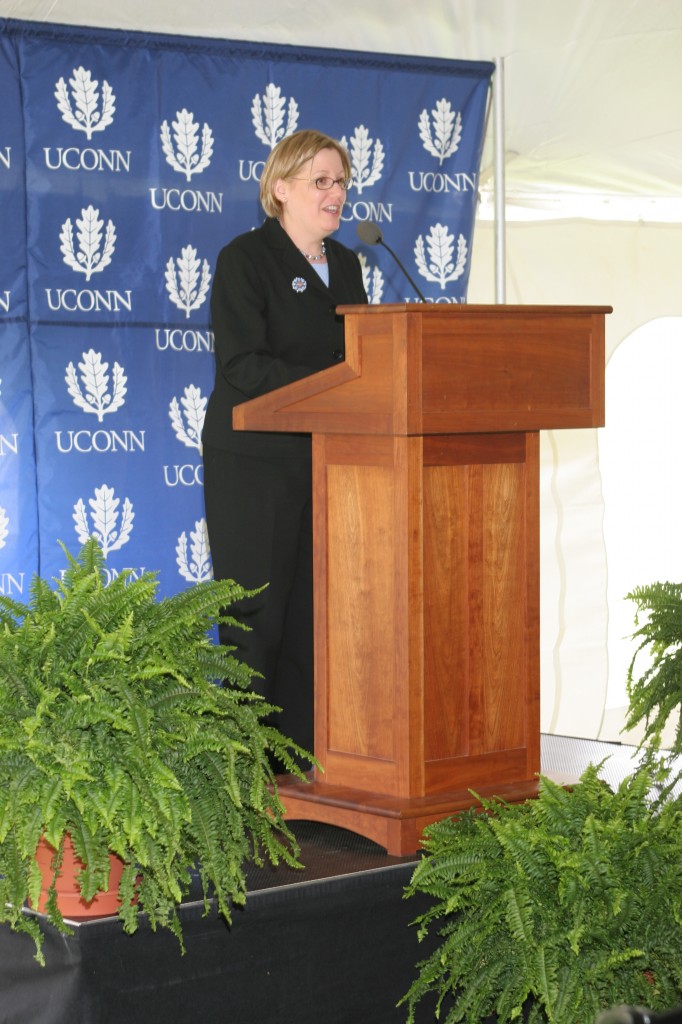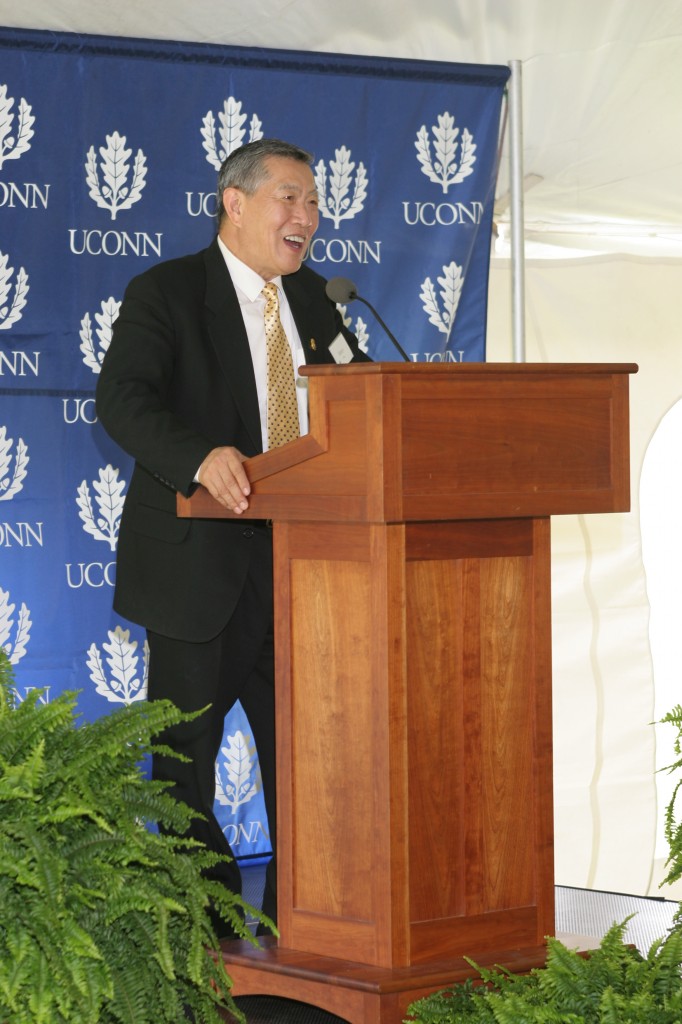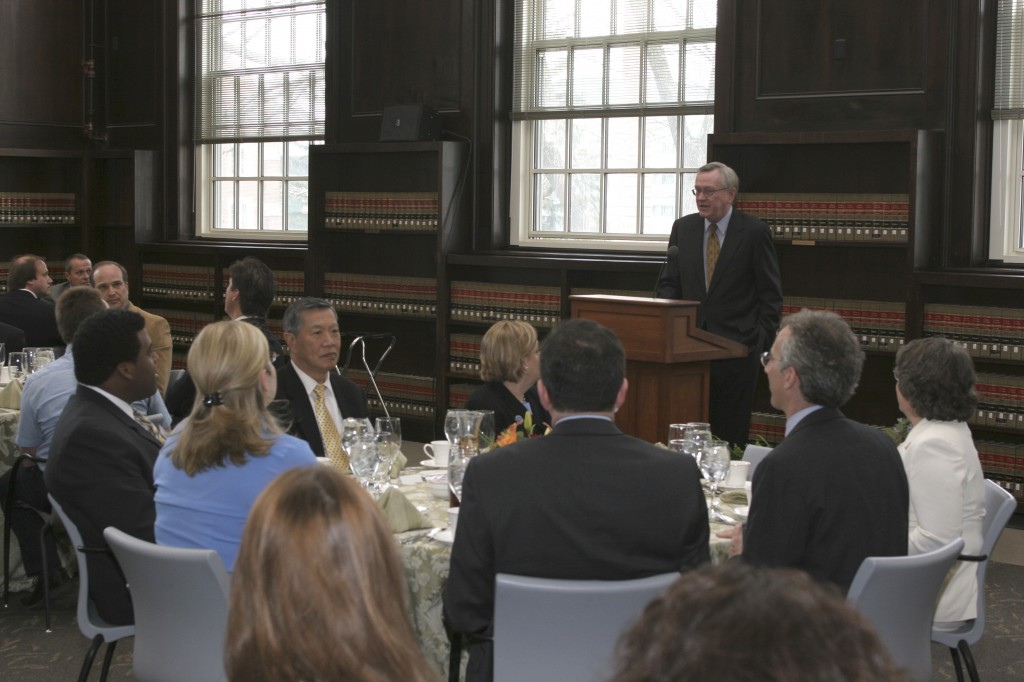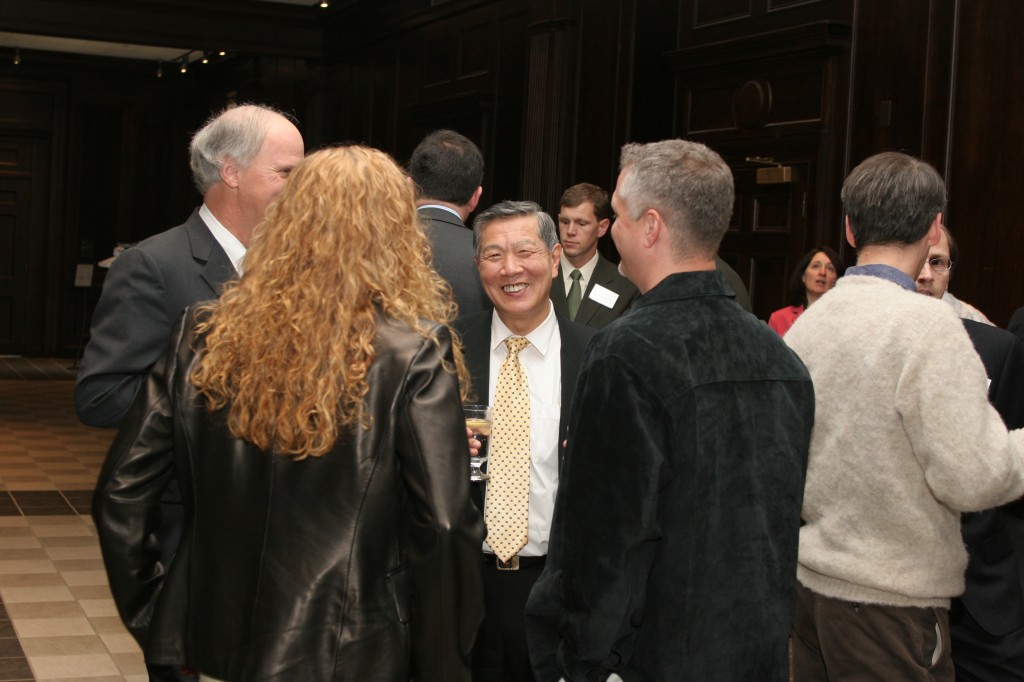BRIEF HISTORY OF THE CENTER
Center for Applied Genetics and Technology
The past decade celebrated milestones in the completion of the sequence of the genomes (simply defined as the complete genetic blueprints) of many organisms. These accomplishments heralded a new era in research and training, providing unparalleled opportunities to transport genome paradigms to solve a wide range of problems. Deemed the “Century of Biology”, it was argued that the impacts of genomics discovery and application will be as great as any in human history. As the decade began, and the majority of our peer and aspirant institutions were establishing robust, well-funded genomic biology programs, the University of Connecticut was woefully unprepared to enter the age of genomics, without a single genomics platform available to its research community.
A small group of faculty, with encouragement from former MCB Department Head Phil Yeagle and former CLAS Dean Ross Mackinnon, had proposed to advance genomics research and education by creating The Center for Applied Genetics and Technology. Since the University did not have funds to support such an initiative, its proponents sought external funding to transform the space provided by Dean Mackinnon into a functional and advanced center. Critical funding that enabled the renovation of space for the CAGT was obtained from the $2,000,000 National Institute of Justice award that contributed approximately three quarters of a million dollars to create space for genotyping and non-traditional DNA typing; this was the foundation for the CAGT. Guest speakers at the formal dedication included President Philip Austin, NIJ Program Officer Dr. Lois Tully and Commissioner of Public Safety Dr. Henry C. Lee.
That same year, the first of three NSF major Research Instrumentation Awards purchased the University’s first integrated equipment suite for genomics education and research (standard capillary sequencers, microarray platforms, quantitative PCR, and denaturing high pressure liquid chromatography for nucleic acids). It was only a short time until genetics research was transformed by a set of conceptual and technical strategies encompassed under the umbrella of “Next Generation”. Simply put, while standard sequencers collected tens to hundreds of DNA sequences in a single experiment, the three main commercially available NextGen instruments collected millions to billions of sequences in a single experiment. Biological questions that had been intractable could now be empirically addressed. MRI awards in 2008 and 2010 purchased two of the three very powerful Next Generation sequencers (the third platform was available at the UCHC), placing the University among the most elite universities and research institutions. In 2012, the Center acquired its third NextGen sequencing system. Constructed on the model of a diagnostics or forensics laboratory, the CAGT is routinely evaluated as among the best spaces in the nation for Next Generation genome analysis. The CAGT developed corporate relationships with Affymetrix Corporation, Bio-Rad Laboratories, Roche/454 Life Sciences, PacBio, Life Technologies (Ion Torrent and SOLiD/Applied Biosystems) and Transgenomics
